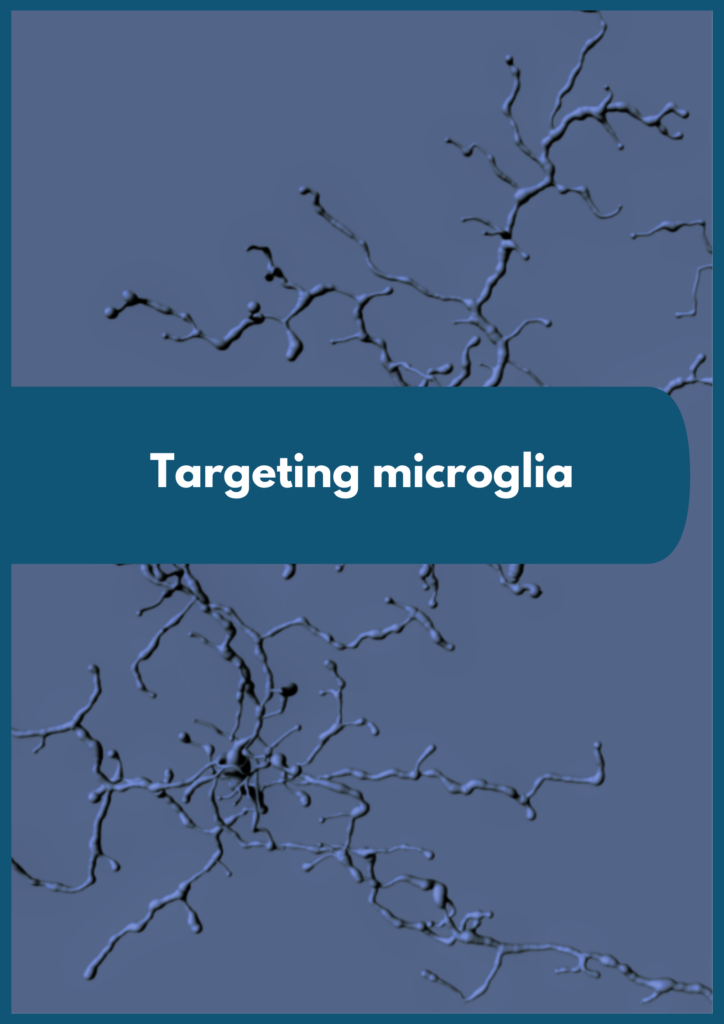
Last updated: Oct 2024
Targeting microglia
Viral vectors have become widely used in neuroscience to efficiently and precisely deliver genetic material to defined cell populations and allow manipulation of the cell function through gain or loss of function. However, viral strategies have not been efficient and specific for transducing microglia. A major bottleneck is that newly adapted strategies are typically developed and evaluated in vitro but disappoint in vivo. Also, as a type of macrophage, microglia are tuned to pathogens and have adopted strategies to prevent viral infections, making it challenging to transduce them.
This review describes the challenges of transducing microglia with viral approaches with adeno-associated viruses (AAV) and lentiviruses and suggests reporting parameters to outline the efficacy of viral targeting approaches.
Targeting microglia with lentivirus and AAV: Recent advances and remaining challenges
This paper optimized the transduction efficiency and specificity of adeno-associated viruses (AAVs) for retinal microglia in vivo and found that disease environments influence microglial susceptibility to viral transduction.